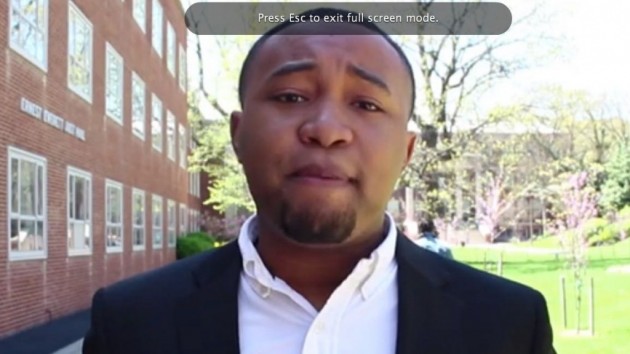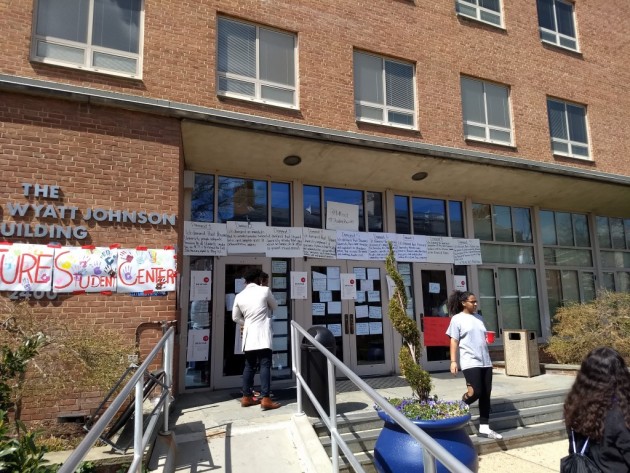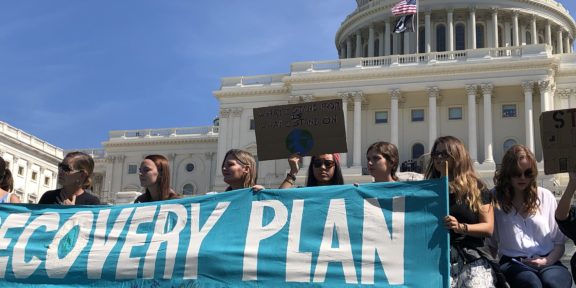African-American history will have a place in Washington D.C. at the Smithsonian Institution.
In 2003, Congress signed the "National Museum of African American History and Culture" act. According to the Washington Post, President George W. Bush decided to build the museum on the National Mall, where other museums of the Smithsonian Institution stand today.
Some periods of African-American history that will be included in the museum are the civil rights movement; Harlem Renaissance; slavery; Reconstruction; along with other exhibits focusing on Black life, art, history, and culture.
Although, the museum is not expected to be finished until 2013 and may even cost $300 million, many historians are excited and awaiting the museum’s arrival.
"We have waited far too long to be properly represented in the nation’s capital, over 100 years," said Shirl Spicer, Secretary on the Executive Board for Association of African American Museums and Curator of Community History at the North Carolina Museum of History.
"This is our chance to "represent" the people of the African Diaspora in America €” properly, at the step of the capital we helped to build,” she said.
Spicer shared how she envisioned the museum.
"I see the NMAAHC as a sort of "Ellis Island" for those who are interested in embarking on a journey through the country to learn about those of the African Diaspora in America. The museum has the potential of acting as a gateway for folks to enter into this exploration on a national level, and then venture around the country (through actual visitation, Internet access, books, programs, etc.)”
The mission of this museum is to share the story of African-Americans with all of America.
Antoinette D. Wright, President and CEO of the DuSable Museum of African American History in Chicago and Treasurer for the Associations of African American Museums, feels that the new museum will help other Black museums across the country tell the story.
“There is always room at the table for others to help and share in the telling of tell our story. There is an African Proverb, which states, ‘until the lion writes his own story, the tale will always glorify the hunter.’ ”
"When the DuSable Museum was founded, 45 years ago, we were the first and only museum telling the stories of African-Americans," Wright said. "Now, there are more than 100 African-American history museums around the country. The more our stories are told, the longer they will stay alive."






